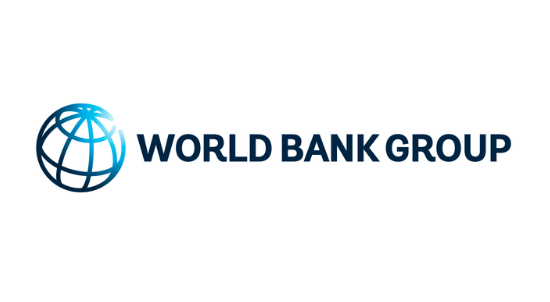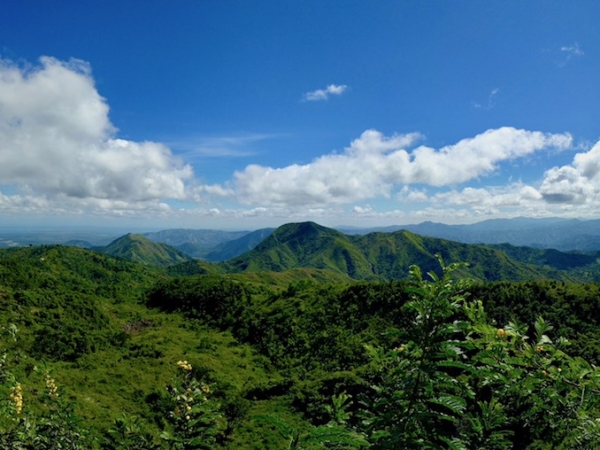The World Bank’s Accountability Mechanism Turns One: Reflections On The First Year And Expectations For The Next

One year ago, in September 2020, the World Bank Board of Directors published two resolutions: one codifying updates to the Inspection Panel’s mandate, and the other establishing the Bank’s new Accountability Mechanism. The communities who have filed complaints to the Bank’s accountability office during the past year are without updated procedures that put those new resolutions into practice and explain how complaints are handled. In this regard, the Bank is currently not providing one of the basic elements required of an effective grievance mechanism: predictability. Now twelve months in, let’s reflect on the Accountability Mechanism’s first year and identify what we must demand of the next.
The AM’s First Year: What We Know
The September 2020 Board Resolutions reveal the essential stages of the new case process. The Inspection Panel will conduct an eligibility assessment and determine whether or not to recommend an investigation. If the World Bank’s Board authorizes the investigation, then the requesters, the project-affected community members who filed the complaint, will have the option of pursuing a dispute resolution process, managed by the Accountability Mechanism’s new Dispute Resolution Service, or a compliance investigation, conducted by the Inspection Panel.
The Board also created a new position to lead the Accountability Mechanism, which Orsolya Székely assumed in July 2021. Top on her priority list is developing the mechanism’s procedures “in discussion with a broad range of stakeholders internally and externally.” In April 2021, the Inspection Panel published new draft procedures and sought public comment, which we and others provided; the final procedures have yet to be made public.
The AM’s Second Year: What We Need
What we need now are procedures that explain how the case process works. This is a live issue–not a hypothetical one–for communities, including Ugandan community members who filed a complaint in June 2021 to demand that the World Bank respects their rights to meaningful consultation, compensation, and safe resettlement and members of a fishing community in Togo concerned with adverse impacts caused by a coastal resiliency project.
The Accountability Mechanism procedures need to be developed as quickly as possible so that communities have a more predictable case process, but not at the expense of getting the substance of those procedures right. To make sure that the substance of the procedures best address communities’ needs, they need to be developed through a consultation process, which is the Panel’s usual good practice. Consultation is particularly important here where an open and accessible consultation could build credibility among the very communities and advocates who need to use the accountability mechanism.
Independent accountability mechanisms exist to provide a forum for communities whose human rights and environment have been harmed by investments, to raise concerns, and seek redress. The World Bank Accountability Mechanism’s procedures need to ensure this mandate and meet the effectiveness criteria of accountability mechanisms: legitimacy, accessibility, predictability, equitability, transparency, rights-compatible, a source of continuous learning, and based on engagement and dialogue. In other words, the procedures need to enshrine a process that best provides accountability for communities who bear the most risk when a project goes off-course.
When drafting the procedures, the Accountability Mechanism should look to good practices of other accountability mechanisms, including the Compliance Advisor Ombudsman, which is the accountability mechanism for the private investment arm of the World Bank Group. In this regard, the new procedures are likely to fall short of established best practice, given that the new resolutions limit the mandate of the Accountability Mechanism and Inspection Panel in various ways, including by granting the Board final say over the decision to investigate (reducing independence), limiting the scope of dispute resolution to only issues approved for investigation, and restricting the Inspection Panel’s monitoring mandate to overly technical verification criteria (limiting effectiveness), among other shortcomings.
However, the new Accountability Mechanism’s procedures can still enshrine aspects of good practice by, at a minimum: (1) confirming a robust monitoring mandate for the dispute resolution process; (2) codifying the right of communities to choose their advisers; (3) clarifying that any issue not resolved through dispute resolution will be immediately eligible to undergo a compliance investigation; and (4) ensuring that communities are made well aware of the process options and potential outcomes at the outset of engaging with the mechanism. That list is not exhaustive; Accountability Counsel looks forward to providing additional advice as a part of a public consultation process.
Conclusion
Accountability Counsel remains optimistic that the new World Bank Accountability Mechanism will be an effective forum for communities. But to make that happen, the procedures must enshrine good existing accountability mechanism practice and be subject to a public consultation process. Communities deserve no less. And after one year, it’s time.

